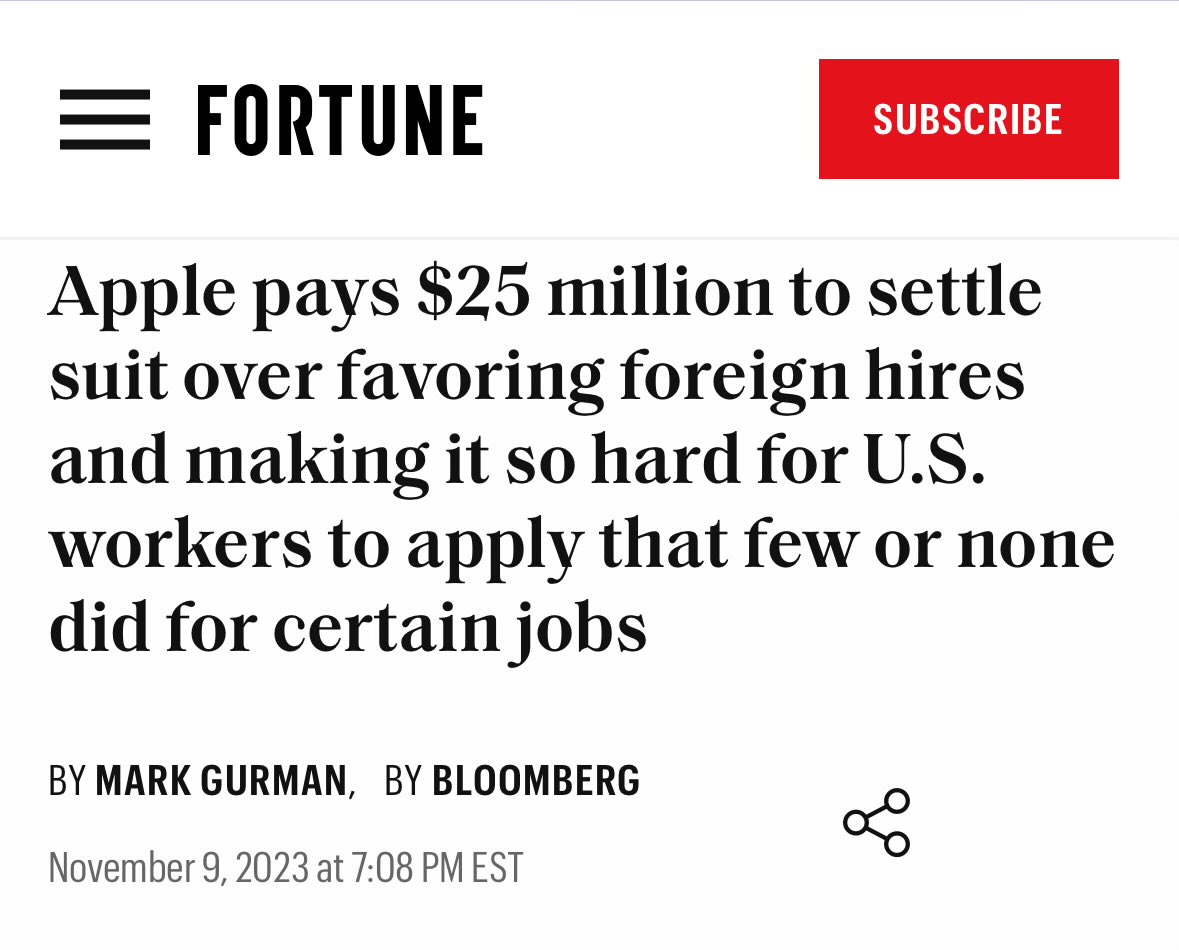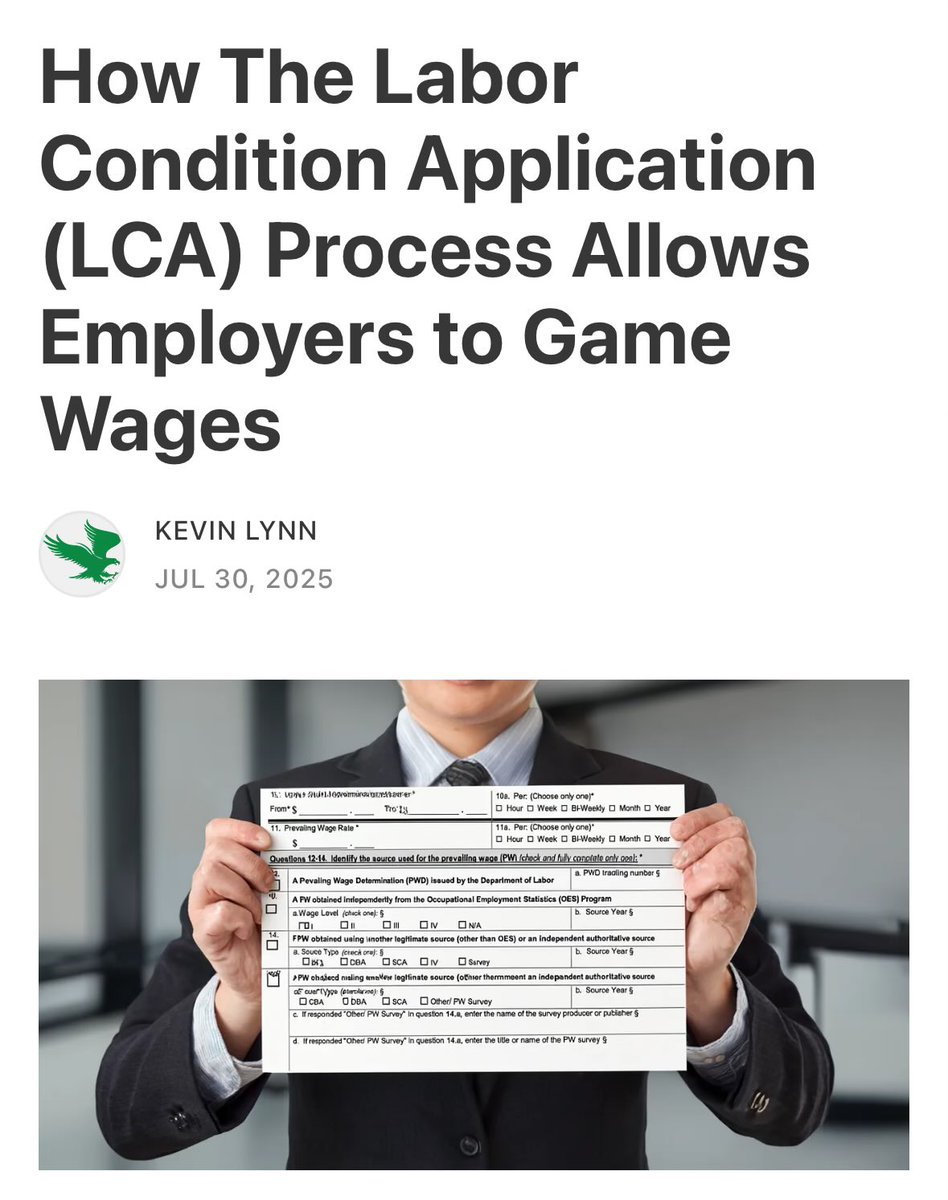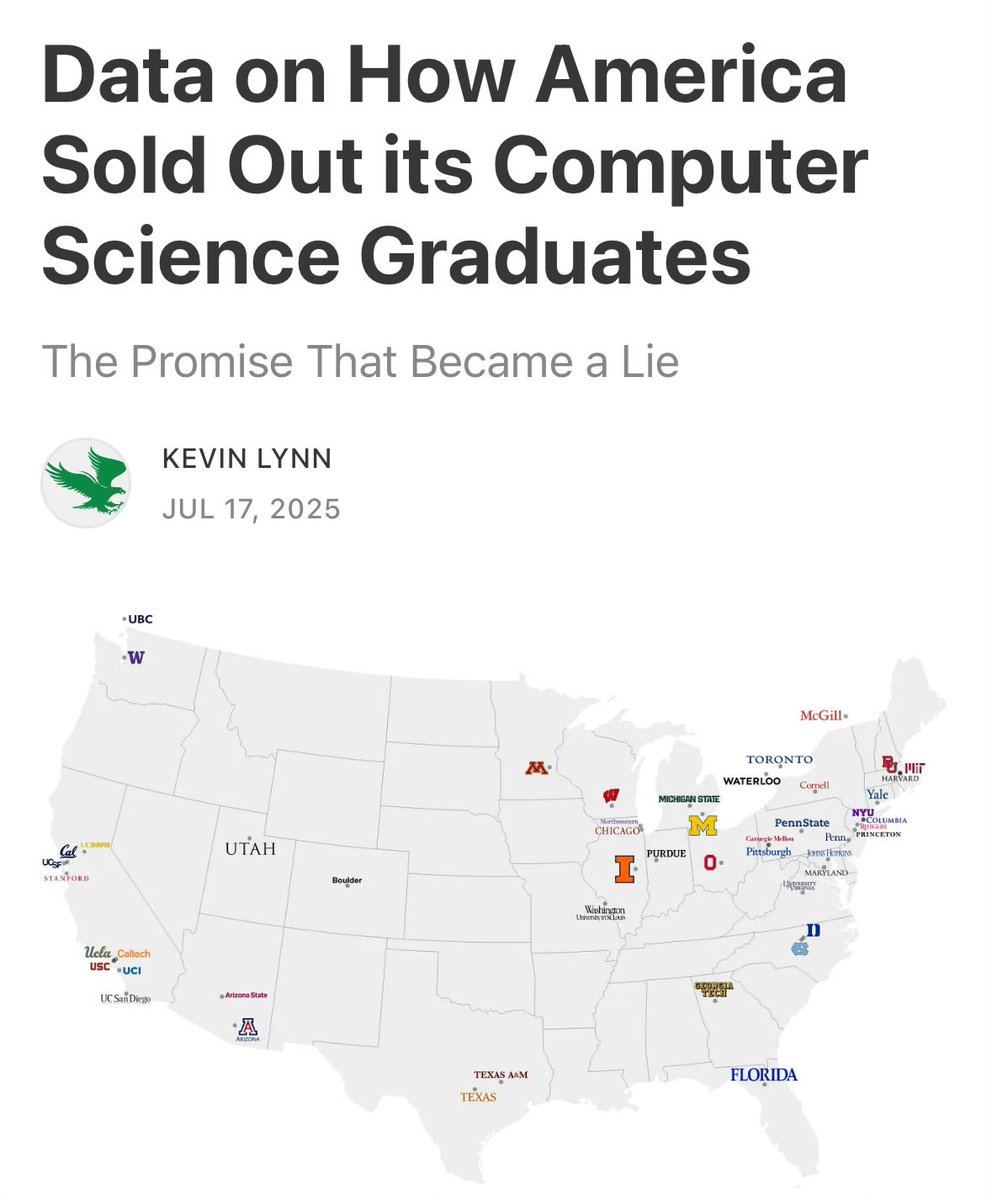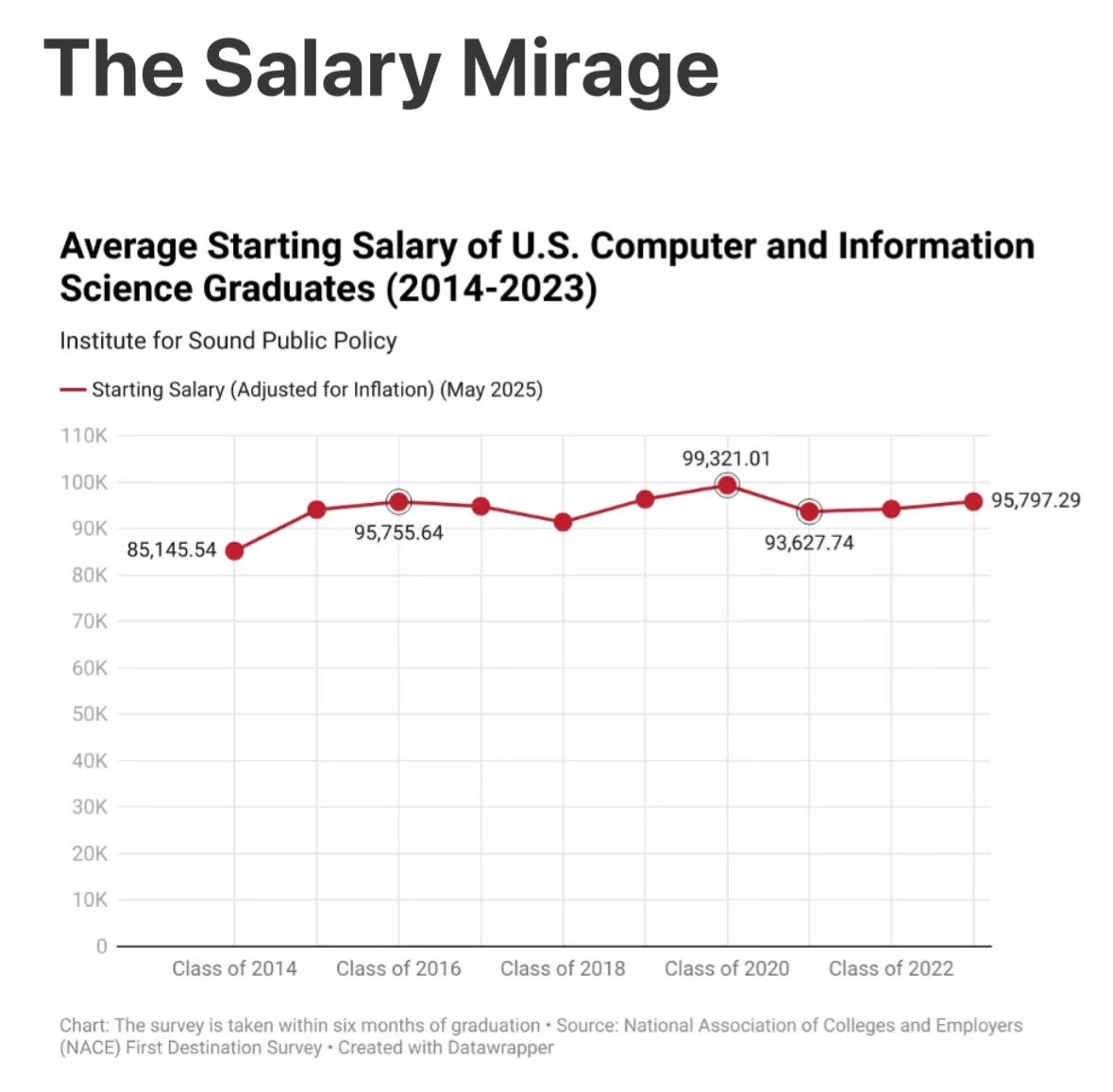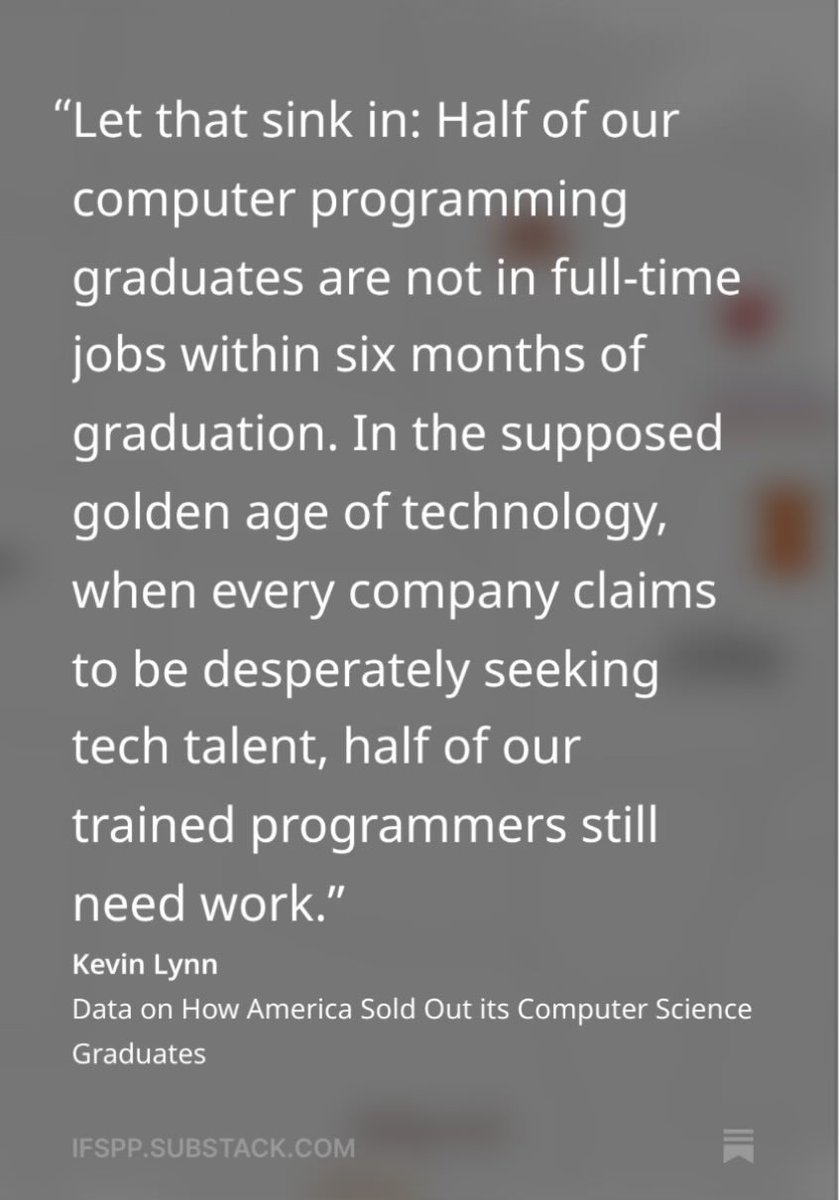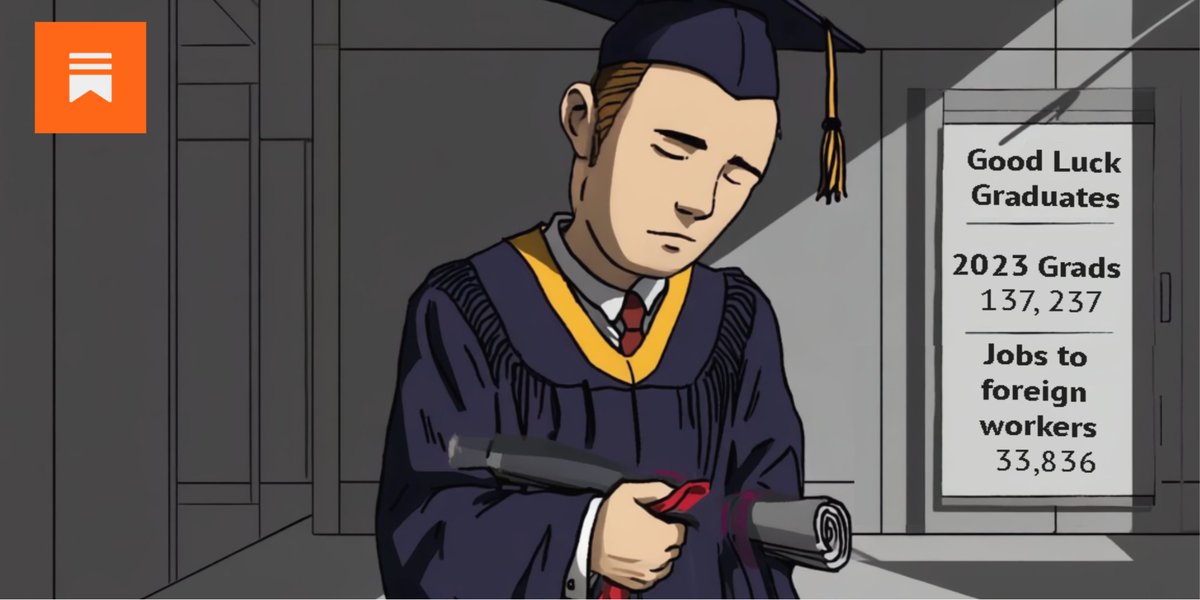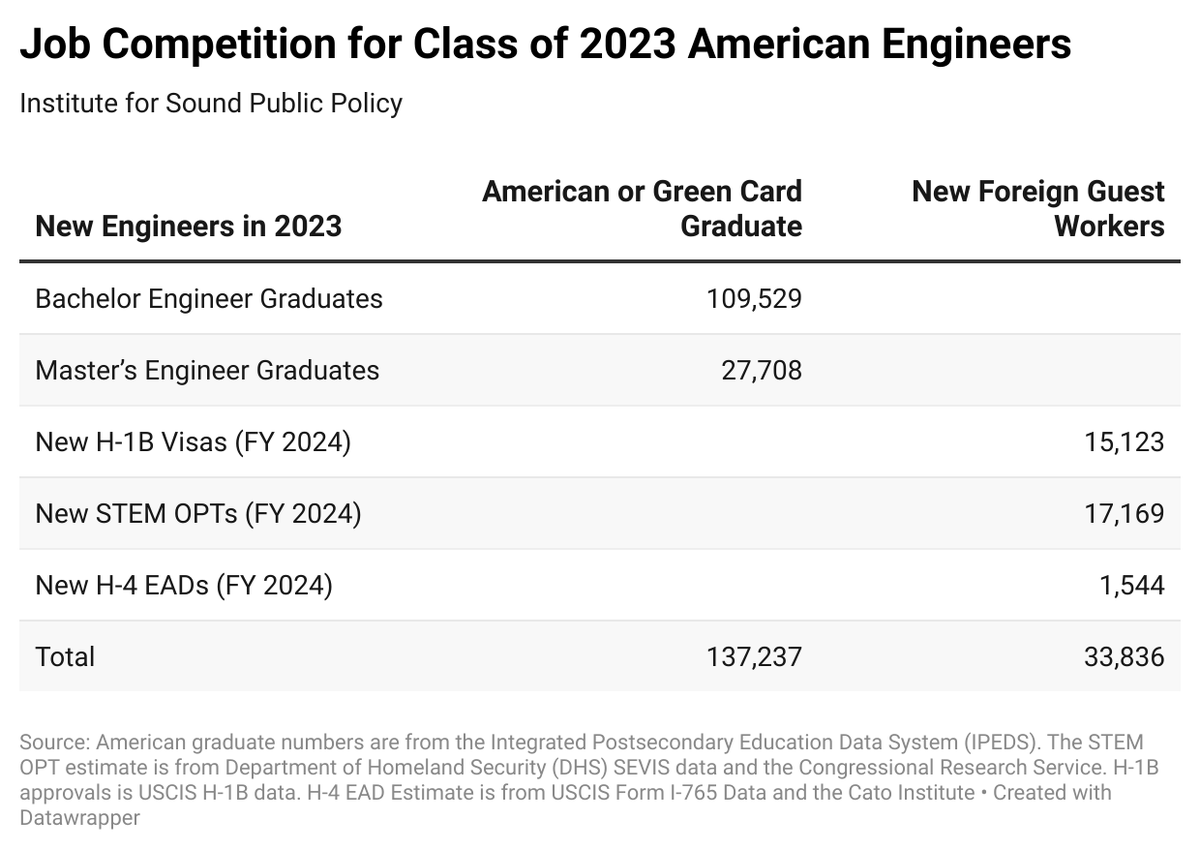Sorry to cut the celebrations short. After reviewing the details of the proclamation:
• The proclamation DOES NOT apply to individuals already in the U.S. on H-1B status, or to student visa holders on OPT seeking to change their status to H-1B.
• It applies only to individuals outside the United States who are being sponsored for H-1B visas and seeking entry. This is specifically aimed at the Indian IT outsourcing companies whose business model is to sponsor large numbers of foreign workers abroad and bring them into the U.S. on H-1B visas. They may shift to sourcing workers who arrived on student visas or to heavily utilizing L-1 visas.
• H-1B workers could also be affected if they ever travel abroad and require visa stamping in order to return to the United States, even if they are otherwise in valid status.
The proclamation isn’t terrible, but it falls short of truly helping American workers and STEM graduates. Companies like Google and Microsoft won’t be affected, because they source their foreign workers through L-1 visas or from those who arrived on student visas. So when @howardlutnick said tech companies support it, now we know why.
If the Trump administration truly wants to help American tech workers and STEM graduates, it needs to end the OPT program, which was created entirely through regulation. Otherwise, it isn’t serious about fixing this issue.
• The proclamation DOES NOT apply to individuals already in the U.S. on H-1B status, or to student visa holders on OPT seeking to change their status to H-1B.
• It applies only to individuals outside the United States who are being sponsored for H-1B visas and seeking entry. This is specifically aimed at the Indian IT outsourcing companies whose business model is to sponsor large numbers of foreign workers abroad and bring them into the U.S. on H-1B visas. They may shift to sourcing workers who arrived on student visas or to heavily utilizing L-1 visas.
• H-1B workers could also be affected if they ever travel abroad and require visa stamping in order to return to the United States, even if they are otherwise in valid status.
The proclamation isn’t terrible, but it falls short of truly helping American workers and STEM graduates. Companies like Google and Microsoft won’t be affected, because they source their foreign workers through L-1 visas or from those who arrived on student visas. So when @howardlutnick said tech companies support it, now we know why.
If the Trump administration truly wants to help American tech workers and STEM graduates, it needs to end the OPT program, which was created entirely through regulation. Otherwise, it isn’t serious about fixing this issue.
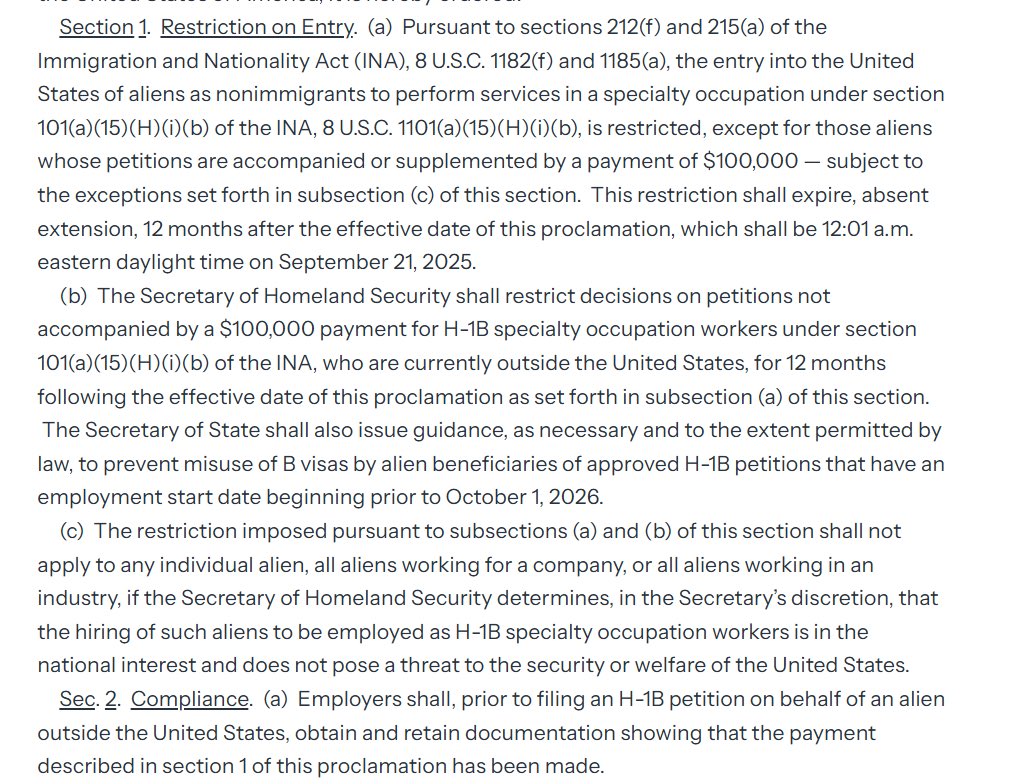
The administration realized some employers might game the rule by bringing workers on tourist visas (B visas) and then convert them to H-1B to dodge the $100k fee, so they added a clause to deter that tactic. But this means other visas, like student visas, are exempt. 
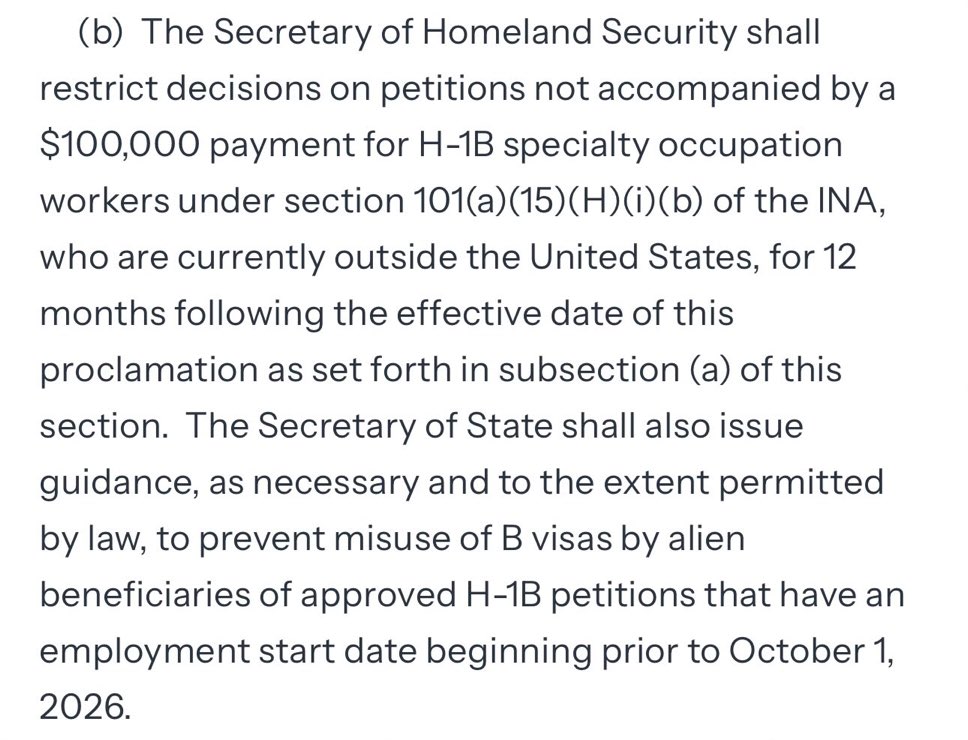
One positive in the proclamation: it forces @USDOL to raise prevailing wage levels and directs @DHSgov to prioritize visas for the highest-paid foreign workers while closing loopholes that let employers favor them over Americans. 
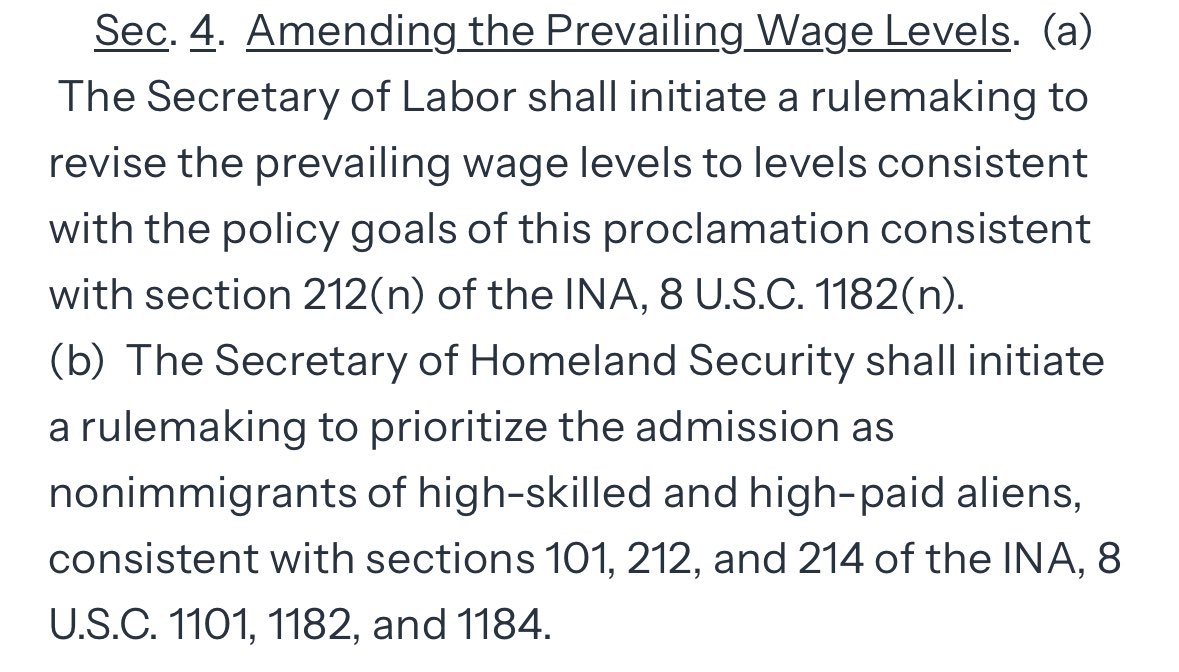
• • •
Missing some Tweet in this thread? You can try to
force a refresh



